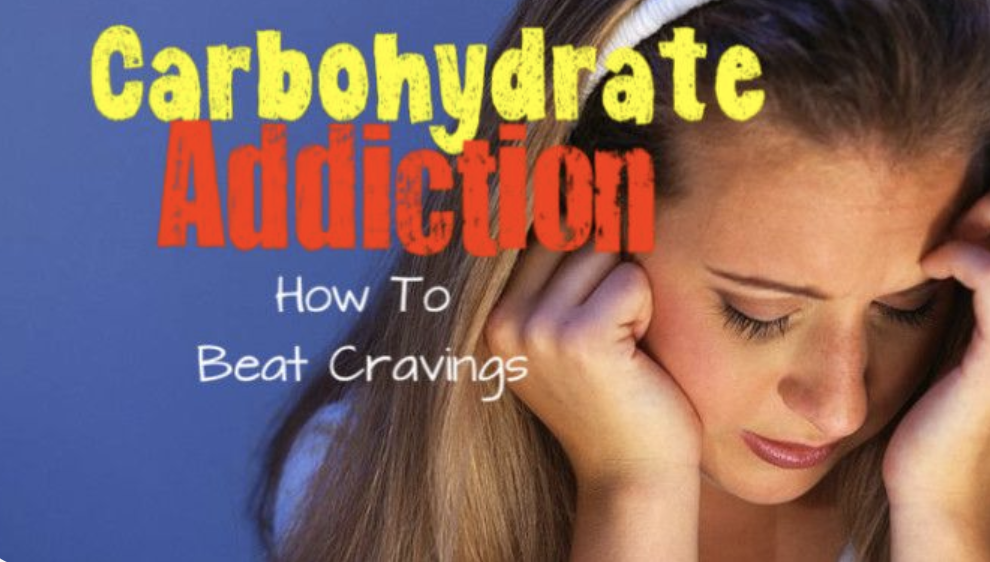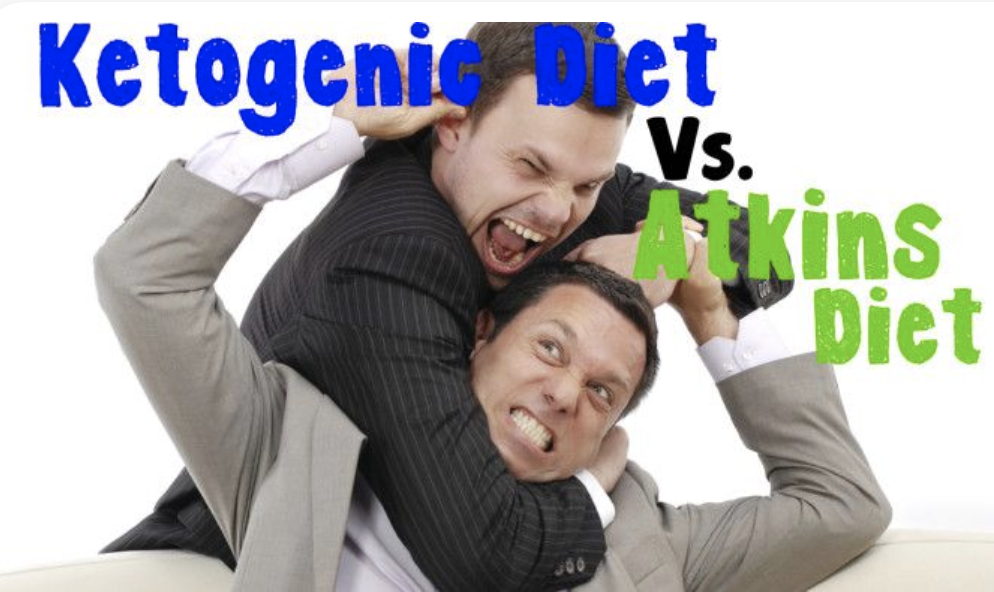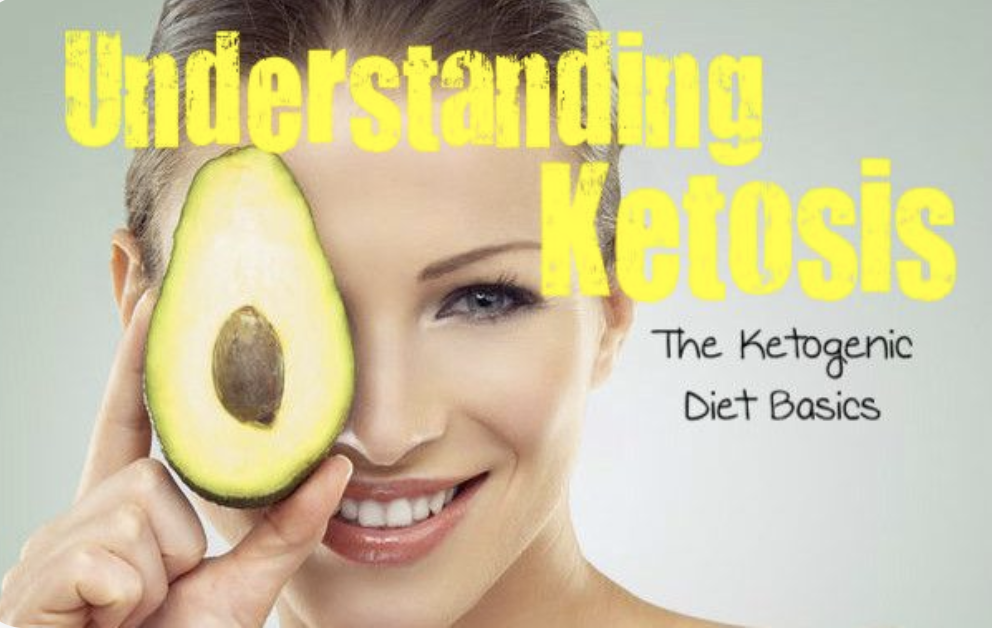Keto & Magnesium Supplements
Supplementing Magnesium into your diet can be very helpful especially on the Ketogenic Diet.
Magnesium helps your nervous system and has a relaxing effect on your muscles and your body. It can also help with muscle cramps, heart arrhythmia and anxiety.
Magnesium levels are typically low on a North American diet. While it would be best to overcome this diet deficiency through natural food sources, a supplement is the next best thing to help make sure you reach these levels.
Why are Magnesium Levels So Low
Magnesium levels have been low in our diet due to a number of recent factors. One reason is that the rise in processed foods has changed the typical nutrients found in most foods. Another reason is that the soil conditions of most plants have been degraded and have a lack of nutrients. A third reason is that many people have simply changed their eating habits, which cause a decrease in magnesium consumption.
Magnesium typically used to come from soil containing magnesium. However, with the desire to produce more crops and yield larger sizes, the focus has shifted away from more natural and organic growth. Fortunately, more awareness is being brought to this topic, but the reality is right now, many crops don’t have the same nutritious soil that more traditional farming touted.
Which Type of Magnesium Should I Choose?
Magnesium comes in many different forms. It can be somewhat overwhelming to narrow them down. The universal consensus on magnesium is that Magnesium Citrate and Chelated Magnesium are the best sources. A very popular Magnesium supplement on the market is Magnesium Oxide. However, Magnesium Oxide is typically NOT recommended as it is not as bioavailable as Magnesium Citrate and Magnesium Chelate.
Magnesium and Laxative Affects
Magnesium taken in large amounts is known to cause some laxative effects. This is more common in less pure sources, but might happen more often initially as the body adjusts. This shouldn’t have a major impact on your day but it is something to be aware of.
Natural Sources of Magnesium
There are quite a few food sources of Magnesium that are Ketogenic friendly that can help your body absorb more of this naturally. We have made a short list below:
Raw Spinach
Mackerel
Avocados
Magnesium Citrate Supplements
A Ketogenic Diet will benefit greatly from increased Magnesium intake. If you are feeling anxiety, muscle tension, or having trouble relaxing at night, increasing your magnesium levels may be beneficial.
NOTE: As always, you should consult with a doctor before making drastic changes to you dietary habits.




